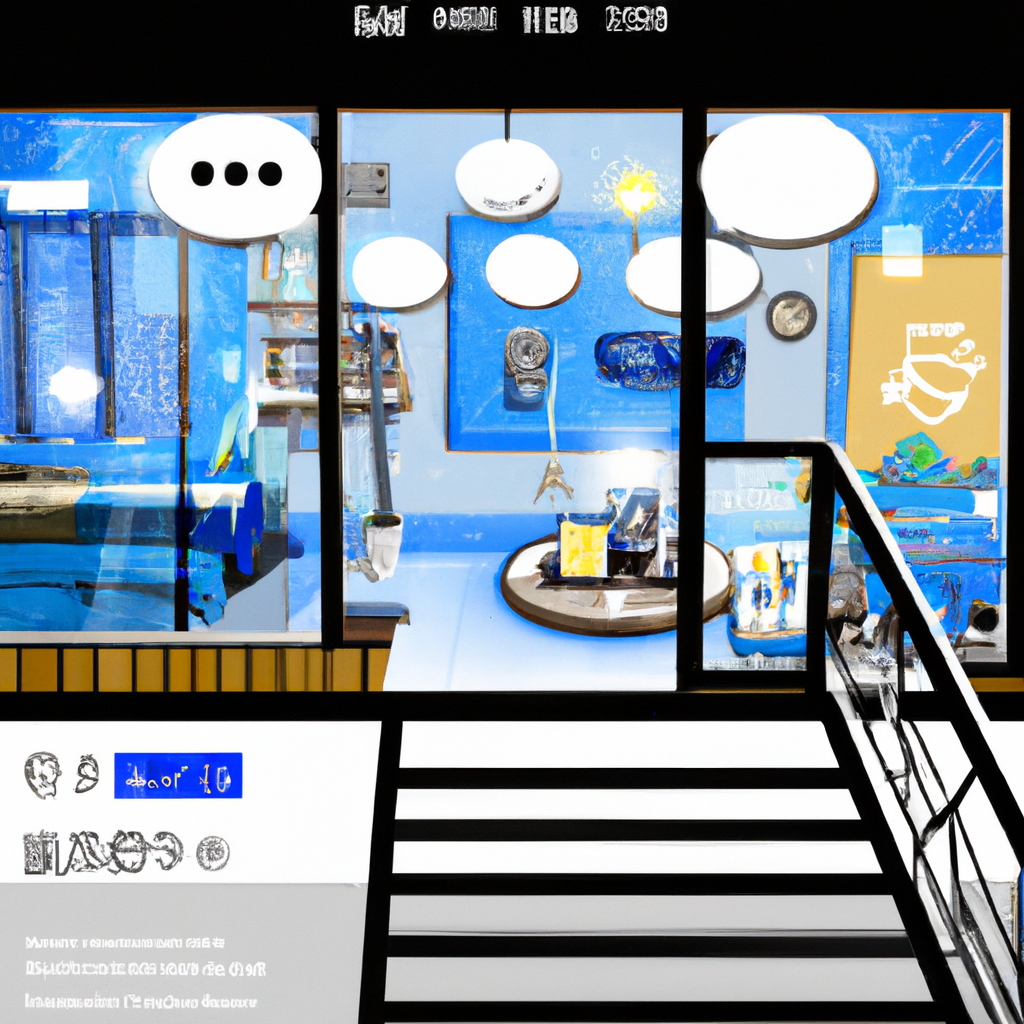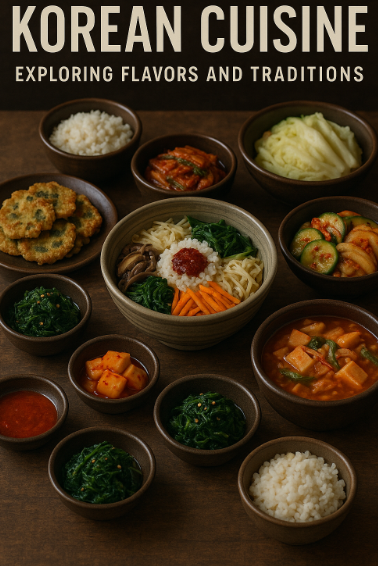South Korean Apartment Living Culture
Living in an apartment is a significant aspect of South Korean culture, with unique characteristics that differentiate it from other living arrangements. This article explores the facets of apartment living in South Korea, providing insights into the preferences, community life, amenities, and recent trends.
—
The Popularity of Apartments in South Korea
In South Korea, apartments have become the predominant form of housing due to rapid urbanization and limited land availability. Over the past few decades, high-rise apartments have sprouted across major cities, reflecting the need for efficient space utilization. These living structures accommodate a dense population, making them an attractive choice for many.
Apartments in South Korea are often associated with modernity and convenience. The majority of urban dwellers, including families and young professionals, prefer apartment living because of its accessibility to city centers and essential services. The comfort, security, and community aspects they offer are key factors contributing to their popularity.
Recent years have seen an increase in luxury apartments, offering state-of-the-art facilities and services. This evolution signifies a shift in consumer preferences towards upscale living conditions, while catering to the demands for qualitative housing options.
—
Layout and Amenities
South Korean apartments vary in size and style, but they typically share common features designed to maximize functionality and comfort. The standard layout includes a living room, kitchen, bathroom, and one or more bedrooms, catering to different family sizes and budgets.
Apartments are well-equipped with modern amenities. Most buildings include security systems, parking facilities, and high-speed internet connections. Additionally, residents often enjoy shared amenities such as gyms, parks, and community centers within the apartment complex.
The emphasis on technology and convenience is prominent, with many apartments featuring smart home technologies and built-in appliances. These facilities enhance the quality of life and align with the fast-paced lifestyle of city residents.
—
Community Living and Culture
Apartments in South Korea foster a strong sense of community among residents. Many complexes organize regular events and activities that encourage social interaction and collaboration. This communal lifestyle nurtures relationships and provides a support network for individuals and families alike.
The management committees in apartment complexes often play a crucial role in maintaining community harmony. They handle issues like security, maintenance, and dispute resolution, ensuring a peaceful living environment. Such structures promote a cooperative culture, emphasizing collective well-being and involvement.
Community living also extends to shared spaces such as gardens, playgrounds, and co-working areas, facilitating interaction and cooperation among neighbors. This setup promotes a balanced and fulfilling social life within urban settings.
—
Challenges and Considerations
Despite their popularity, apartment living in South Korea comes with its set of challenges. Space constraints in smaller units can be a concern for larger families or those desiring more extensive living spaces. Additionally, noise from neighboring units can sometimes pose a disturbance, particularly in older buildings.
The cost of apartment living varies significantly, with more desirable locations and upgraded facilities commanding higher prices. This financial consideration can influence one’s choice of residence, often driving people towards shared accommodations or less central areas.
Furthermore, the demand for apartments has occasionally led to inflated real estate prices, impacting affordability for first-time buyers. Government policies continue to address these economic challenges, aiming to stabilize the housing market and provide equitable opportunities for homeownership.
—
Trends in South Korean Apartment Living
The evolving landscape of apartment living in South Korea has introduced several trends. Sustainability has become a priority, with new constructions focusing on eco-friendly designs and energy-efficient systems. Green spaces and rooftop gardens are becoming common features, reflecting an increased awareness of environmental issues.
Another trend is the rise of co-living spaces, accommodating individuals seeking economical and flexible housing solutions. These spaces offer shared living environments with private bedrooms, catering primarily to young professionals and students.
Technological advancements continue to shape apartment living, with smart home integrations becoming standard. Innovations such as automated lighting, climate control, and security systems enhance the convenience and safety of residents, aligning with the technological advancements in the broader society.
—
Table: Comparison of Apartment vs. House Living
| Aspect | Apartment | House |
|---|---|---|
| Space | Limited | More Spacious |
| Amenities | Shared Facilities | Private Amenities |
| Community | Strong Sense | Varies |
| Cost | Variable, Generally Less | Higher Costs |
| Maintenance | Centralized | Individual Responsibility |
—
FAQ
What are the typical features of a South Korean apartment?
Modern South Korean apartments usually include a combination of living space, kitchen, bathroom, and bedrooms, equipped with advanced amenities like security systems, high-speed internet, and smart technologies.
How do residents resolve community issues in apartments?
Community issues are typically addressed by management committees within the apartment complex, focusing on security, maintenance, and harmony among residents through organized events and effective communication.
Are there sustainable apartment options available?
Yes, many new apartment developments in South Korea are prioritizing sustainability by incorporating eco-friendly designs, energy-efficient technologies, and green spaces to address environmental concerns.
—
Summary
✅ Apartments are the dominant form of housing in South Korea due to urbanization.
✅ Modern Korean apartments include amenities like smart technologies and shared facilities.
✅ Community living is fostered through social events and collective management.
✅ Challenges include space constraints, noise, and fluctuating real estate prices.
✅ Sustainability and co-living trends are shaping the future of apartment living.
#SouthKorea #ApartmentLiving #KoreanCulture #UrbanHousing #Seoul #KoreaApartments #SmartHomes #CommunityLiving #Sustainability #EcoFriendly #HighRise #KoreanRealEstate #LivingInKorea #CityLiving #KoreanLifestyle #CoLiving #SharedSpaces #KoreanCities #ApartmentAmenities #TechInHousing #UrbanDevelopment #ResidentialTrends #KoreanArchitecture #KoreanDesign #PropertyInKorea #RealEstateTrends #KoreanEconomy #ModernLiving #InnovativeHousing #HousingMarketKorea

